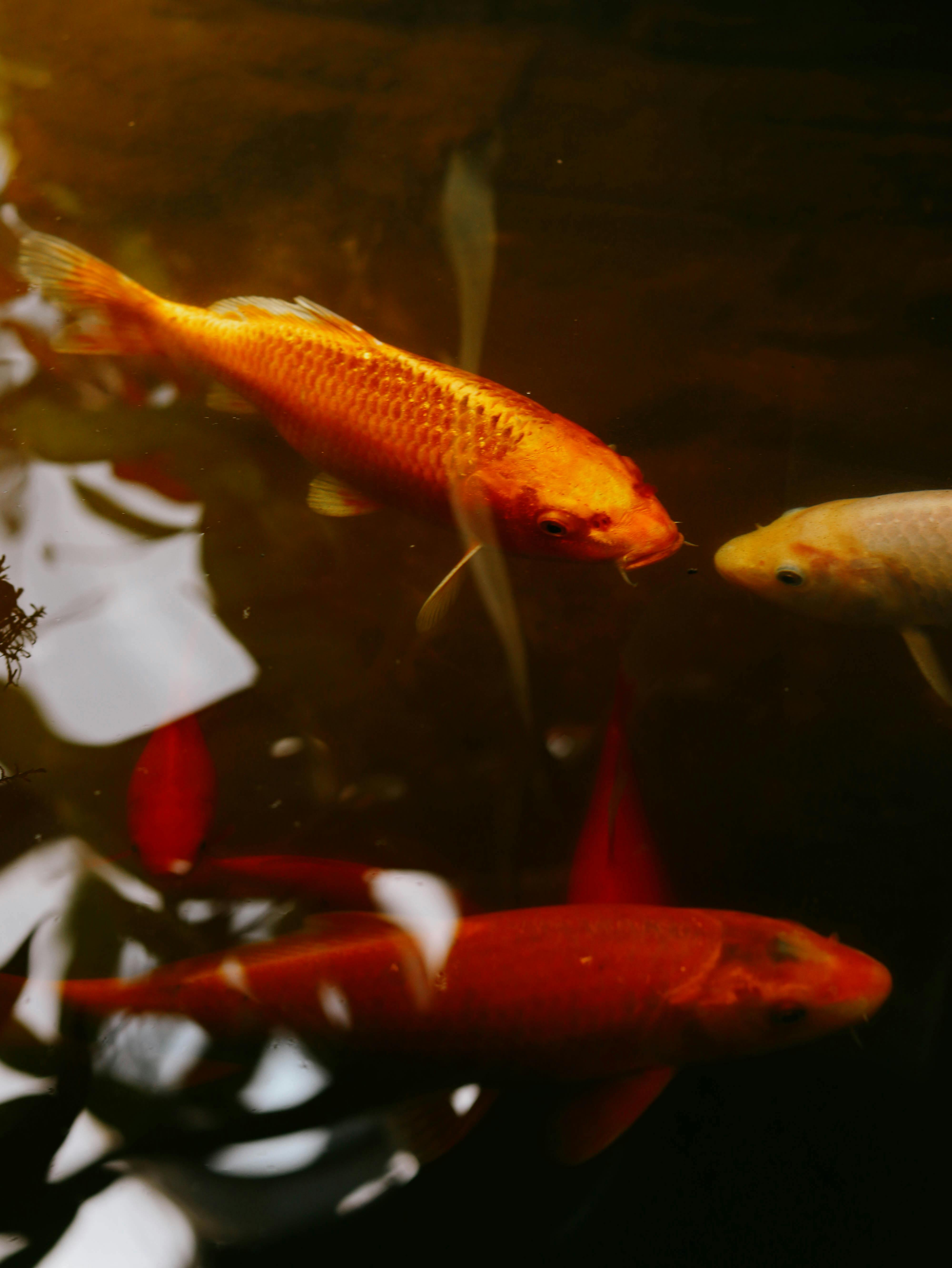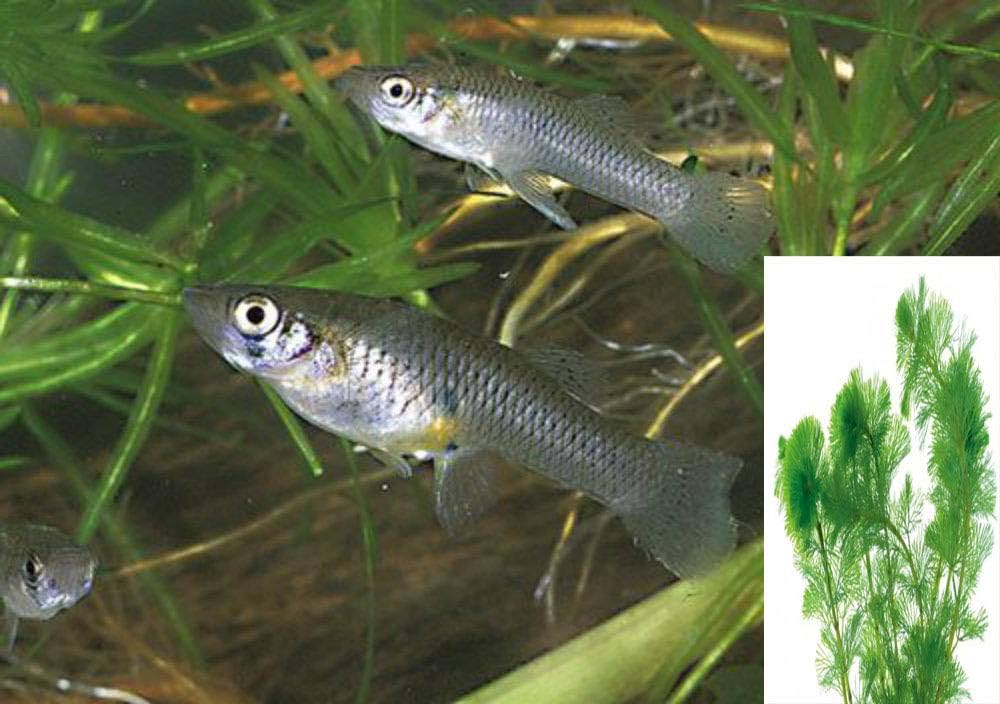Apply Now
Best 5 Starter Fish to Consider in 2025 for Beginners
Introduction to Beginner Fish Keeping
When embarking on the venture of fish keeping, selecting the right fish species can greatly influence the success of your aquarium journey. For beginners, it's crucial to choose fish that are not only visually appealing but also easy to care for. This article explores the best starter fish for new aquarists in 2025, focusing on hardy and low-maintenance options. Understanding these selections will help you create a thriving and vibrant aquatic environment.
Why Choose Hardy Fish Species?
Hardy fish are ideal for novice aquarists because they can adapt to less-than-perfect water conditions and are generally more forgiving of beginner mistakes. These fish are resilient and can withstand typical errors made during tank setup and cycling. By beginning with hardy fish, you'll learn the nuances of fish care without overwhelming challenges.
Overview of Research and Selection Process
The selection of the top five starter fish is based on a combination of factors, including ease of care, community compatibility, and visual appeal. Each fish discussed has demonstrated popularity among novice aquarists due to their peaceful nature and vibrant colors.
Key Takeaways
Choosing the right starter fish can enhance your experience as a fish keeper, leading to a successful and enjoyable hobby. The right choices can promote healthy aquarium environments and allow for an easier start for first-time fish owners. Now, let's explore the best options for beginner fish.
Top 5 Beginner-Friendly Fish Species
1. Betta Fish: The Vibrant Solo Performer
Betta fish, known for their stunning colors and flowing fins, are one of the best starter fish for new aquarists. These tropical fish thrive in smaller tanks and do not require extensive care. A few key elements must be factored in when keeping bettas:
- **Tank Setup**: A minimum of 5 gallons is recommended for proper swimming space.
- **Water Temperature**: Betta fish prefer warmer water, ideally between 76°F and 82°F.
- **Health Considerations**: Regular water changes and monitoring are crucial for preventing stress.
Despite their beauty, bettas can display aggression towards their tank mates. Therefore, it's advisable to avoid keeping them with similarly colored fish. A well-planned aquarium setup focusing on water quality will keep your betta satisfied and healthy.
2. Guppies: Colorful and Easy to Care For
Guppies are an excellent choice for newcomers due to their hardiness and vibrant colors. Known for their lively personalities, these fish are appropriate for community tanks and offer endless color variations.
- **Gender Selection**: Choosing a group of female guppies or a mix with one male can prevent overbreeding.
- **Feeding Habits**: They thrive on a diet of high-quality flakes or pellets, supplemented with vegetables.
- **Community Compatibility**: Guppies get along well with many other species, making them suitable for a diverse tank.
Their reproductive nature adds to the excitement for beginners, allowing for opportunities to learn about breeding practices in a controlled environment.
3. Corydoras Catfish: The Bottom Dwellers
These peaceful catfish are ideal for new aquarists looking for bottom-dwelling fish to help clean the tank. Corydoras make excellent tank mates and contribute to the overall health of the aquarium.
- **Schooling Behavior**: Keep them in groups of at least six for social interaction.
- **Substrate Preferences**: Soft substrate is preferred to protect their delicate barbels.
- **Feeding Considerations**: They enjoy sinking pellets and can also benefit from algae wafers.
Corydoras cats create a level of activity at the bottom of the tank and help keep the bottom clean, enhancing the overall aesthetic of the aquarium.
4. Neon Tetras: The Stunning Schooling Fish
Neon tetras are famous for their eye-catching blue and red stripes. These small fish are perfect for community tanks and do well in groups.
- **Schooling Needs**: A minimum of six neon tetras is recommended to ensure they feel secure.
- **Water Conditions**: They thrive in slightly acidic water with a temperature around 70°F to 81°F.
- **Tank Companions**: Neon tetras are peaceful and compatible with various other fish species.
They're a great choice for beginners who want to create a vibrant and dynamic aquarium.
5. Zebra Danios: The Hardy Champions
Zebra danios are ideal additions to beginner tanks due to their hardy nature. They’re active swimmers and add a lively atmosphere to the aquarium.
- **Tank Requirements**: These fish prefer a minimum of 10 gallons with open swimming spaces.
- **Ideal Conditions**: They can tolerate a range of water conditions, making them perfect for new aquarists experimenting with water chemistry.
- **Compatibility**: Zebra danios are generally peaceful and can coexist with numerous other species.
Their resilience and entertaining behavior make them a fantastic choice for novice hobbyists.
Best Practices for New Aquarists
Setting Up Your First Aquarium
A successful aquarium setup begins long before introducing your fish. Understanding the cycling process and how to establish a balanced ecosystem is crucial. Regular water testing for parameters such as pH, ammonia, and nitrites ensures the well-being of your fish.
- **Cycle Your Tank**: Use a dechlorinator and ensure the cycling process is complete before introducing fish.
- **Adequate Filtration**: A good filtration system helps keep the water quality high and provides the necessary aeration.
- **Aquascaping Tips**: Incorporate plants and decorations while ensuring spaces for swimming and hiding spots.
Invest in quality aquarium equipment to minimize problems later.
Common Mistakes to Avoid
First-time fish owners often encounter pitfalls. Recognizing these can facilitate a smoother experience:
- **Overstocking the Tank**: Introduce fish gradually to prevent overwhelming the aquarium's biological filter.
- **Improper Water Measurements**: Use water conditioners and test kits to maintain healthy water parameters.
- **Ignoring Fish Compatibility**: Research fish behavior and compatibility beforehand to avoid aggression and stress.
Awareness and preparation can help prevent these issues, allowing for a thriving aquarium environment.
Maintaining Your Aquarium Health
Regular maintenance is essential for the longevity of your fish and the health of your aquarium.
- **Weekly Cleaning Routine**: Conduct partial water changes and clean the substrate and decorations.
- **Monitor Fish Behavior**: Look for signs of stress or illness which can indicate water quality issues.
- **Feeding Schedule**: Maintain a consistent feeding routine to ensure a balanced diet.
Consistent maintenance and observation can significantly contribute to a successful fish-keeping experience.
Conclusion: Starting Your Fish-Keeping Journey
Choosing the right starter fish is the foundation of successful fish keeping. The species discussed here are not only hardy and low-maintenance but also offer a colorful and engaging aquatic experience. As you embark on this journey, remember that patience and research are crucial elements for long-term success in maintaining a healthy aquarium.




